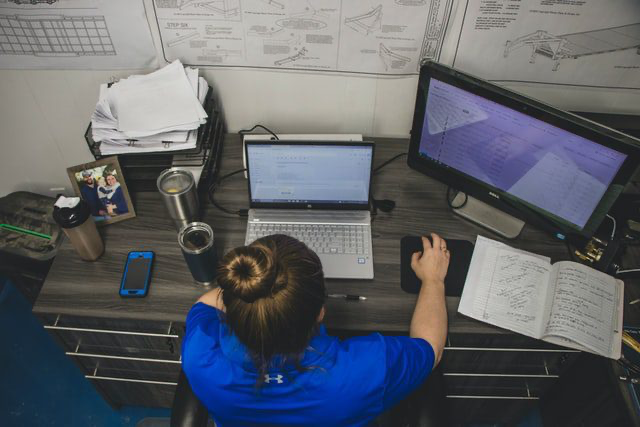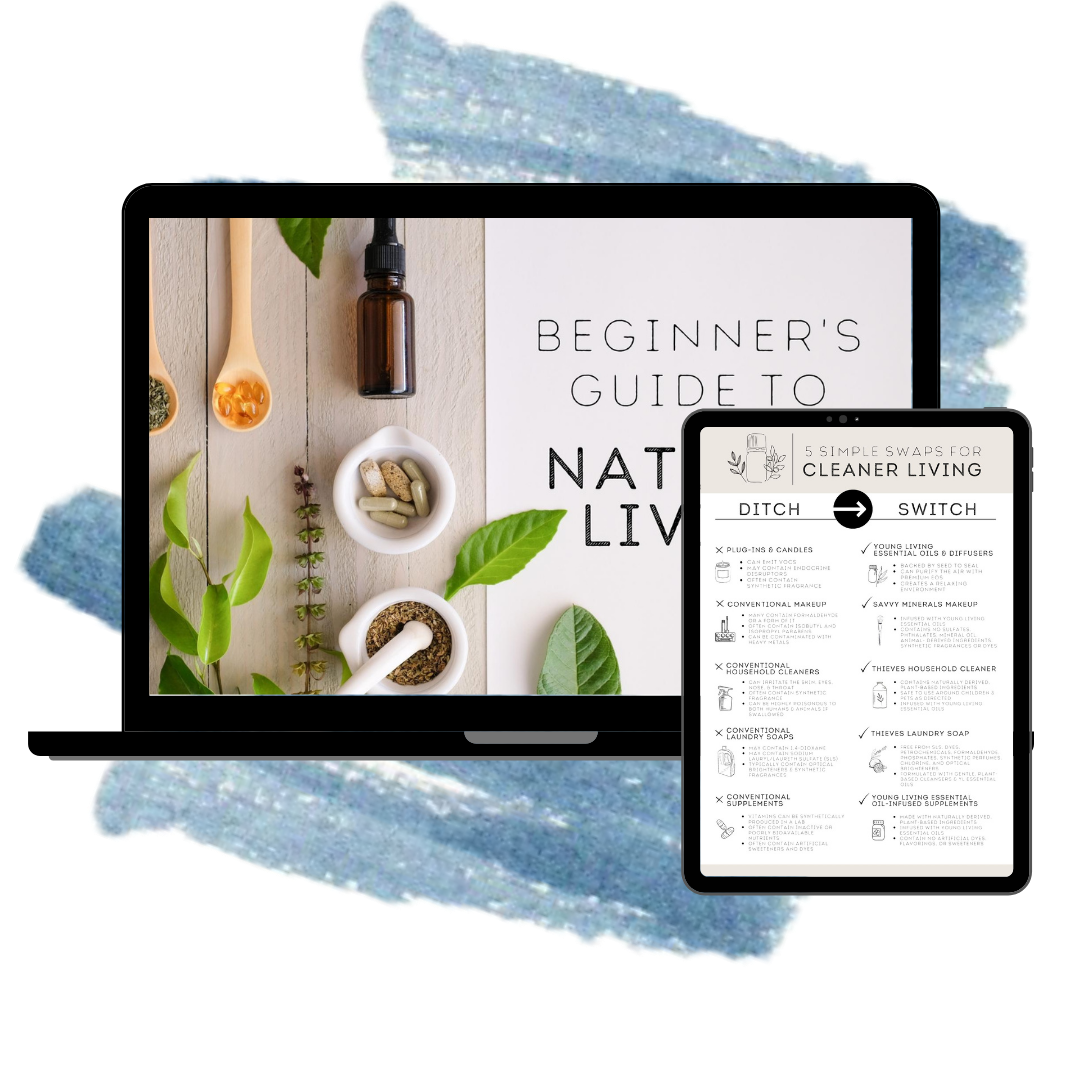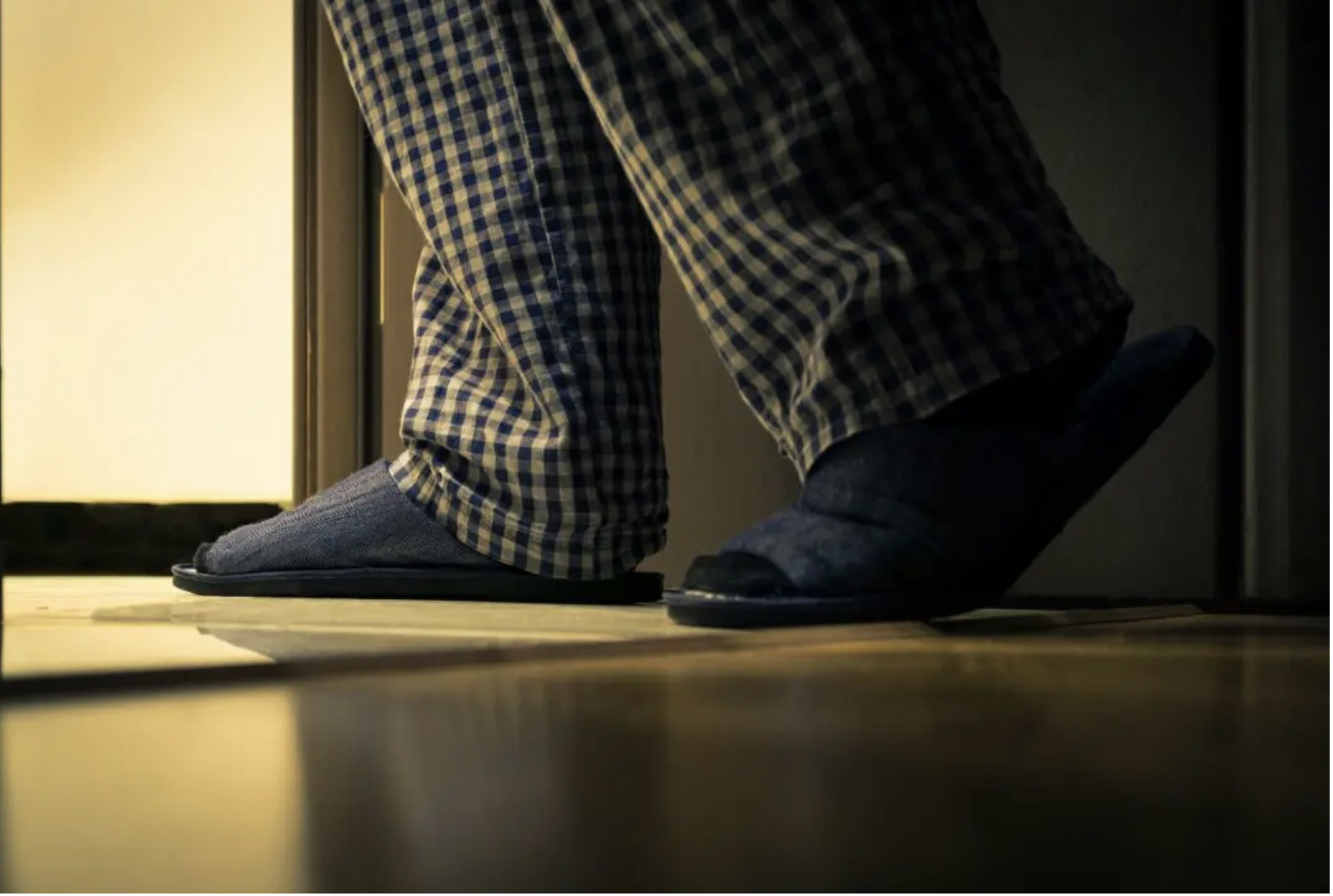I personally have been working from home for the past 3 years. Regardless of the "WHY" you are working from home.....distractions happen and can be very frustrating.
I recently came across an article from
maurathomas.com that provided me with value on how to minimize distractions at home.....I am sharing this with you now! Not all may help, but I found many of these helped minimize my distractions!
17 Tips to Avoid Distractions When Working from Home
https://maurathomas.com/productivity/distractions-work-from-home/
For many knowledge workers, the new normal of working from home still doesn’t feel normal at all. Maybe you’re heading back to the office, or maybe you’re hoping to continue working from home indefinitely.
Regardless of where you’re working, I’ve got some road-tested tips to help you avoid distractions. Most of these are modified versions of tips I provide for managing distractions in the office. They are useful while working from home, also, because really being productive isn’t so much about where you work, it’s more about how you work.
How to Avoid Distractions When Working From Home
The following strategies come from decades of my work helping leaders increase their productivity. Many of these leaders worked from home either full-time or part-time before the current crisis.
These tips for productivity fall into a variety of categories ranging from where to work at home and how to organize your workspace, how to limit distractions from other people and electronics, and finally, how to set firm boundaries between your work and personal life.
1. Work in a Room with a Door
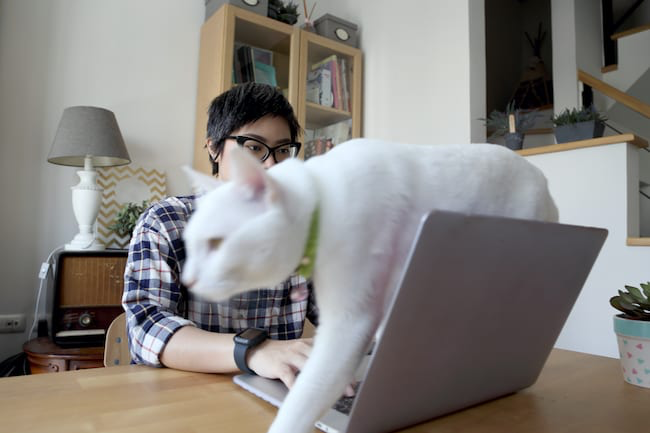
Maybe your spouse already took the home office. Or maybe your kids are sprawled across the den with their studies or crafting projects. Pets can sometimes demand our attention, too!
So where is the best available place for you to work from home successfully? It of course depends on your home. If there are other people or animals in your home, it’s best to work in a room with a door. When you open and close a door, you can signal to others when you’re available. You can also let housemates know when you can’t be interrupted because you’re busy doing deep, focused work.
2. Don’t Work in a Central Location
Try to pick a work spot that is not in a central location. Maybe you have a playroom that is no longer in use by a small child, or a basement where it is comfortable enough to spend the day. This way, when you leave your work spot and return to family life, you don’t have your work tools still in sight.
3. Avoid Working from Your Bedroom
Although a bedroom may be located off to the side of the busiest locales in your home, it is the absolute worst place for a home office. Working from your bedroom can disrupt sleep patterns and interfere with the privacy and peace of your most personal space.
If you must work from your bedroom, try to divide the space with a screen, bookcase, or another barrier so that you cannot see your desk or table from your bed.
4. Don’t Use Your Brain as a Storage System

Once you do settle into a home office spot, make sure to clear any clutter. I’ve worked in the productivity space long enough to hear hundreds of knowledge workers insist that they know where everything is in their piles of papers and trip memorabilia littering their desks, so “it’s not a problem.” But I’m still not convinced.
The “file by pile” system forces you to rely on your brain as storage and organizational system, which is more mentally taxing than necessary. Studies show that people who exert control over their environments are happier. A disorganized, cluttered workspace signals to your subconscious that things are out of your control.
However, a clean, uncluttered environment allows your brain to focus better on the task at hand.
5. Add Items to Process to Your Task List
Often, we’ve convinced ourselves that the clutter on our desk must stay there for a variety of reasons: maybe it’s there to remind us to take care of a task, or maybe it’s there because we can’t think of a better place to store an item.
Let’s suppose there’s a pile of bills on your desk that needs to be processed. Stick them in a folder labeled “bills to process.” Just “packing up” your stuff will make it more orderly and manageable.
If you’re afraid you’ll forget to deal with the bills without seeing the paper pile, then add a reminder to your
task list.
6. Spend Two Minutes to Find a Home for a Piece of Nostalgia
Use the
two-minute rule to find a home for an item of nostalgia that’s cluttering your desk. Perhaps you have a collection of miniature ceramic animals that your child made ten years ago. A few items to beautify your workspace are great, and can even improve your work productivity, but are you sure this collection fits the bill?
If not, it’s time to focus your attention for 2-3 minutes on this piece of nostalgia (which I would never call ‘clutter!’) and find a place for this prized collection to live, that is out of your way.
Whatever your “ceramic animal collection” equivalent maybe, I’m sure you’ll think you have no place for it to go, but I promise, if you spend just a few minutes and push through the resistance, you will figure out a better spot.
7. Implement a Workflow Management System
Once you take the time to clear your workspace, it will quickly become cluttered again unless you implement a workflow management system. This is a methodology for processing and organizing all of your tasks, papers, appointments, and every other kind of “stuff” that flows into your life and your workspace.
When you don’t have a system to organize all the bits and pieces that make up your physical and mental workload, it’s easy to get overwhelmed.
8. Use Signs and Symbols to Show When You’re Available
One of the biggest obstacles to working from home is often our housemates. Whether you live with roommates, a partner, teens and/or young children, you’ll need to teach others how to respect your boundaries. While an open or closed door may be the best way to signal whether you are available to others, you may not have the option to set up a home office in a room with a door.
If working in a more open area, consider putting a flag on your desk, or tying a flag on a lamp, putting on headphones, or using another symbol. Tell others that when you’re using the symbol, it means, “Do not disturb.” Otherwise, it’s ok to interrupt. If you like to approach your boundaries with humor, you might consider a funny sign that gets the message across. This can work especially well with children and teenagers. Download a variety of free, fun
“Do Not Disturb” signs here.
No matter how you choose to show others when you’re available and when you’re not, it’s important to enforce your boundaries. If someone ignores your closed door and walks in anyway, you need to politely tell them you can’t talk (unless it’s an emergency), and to please come back when the door is open.
9. Use a Whiteboard to Communicate with Teens and Tweens
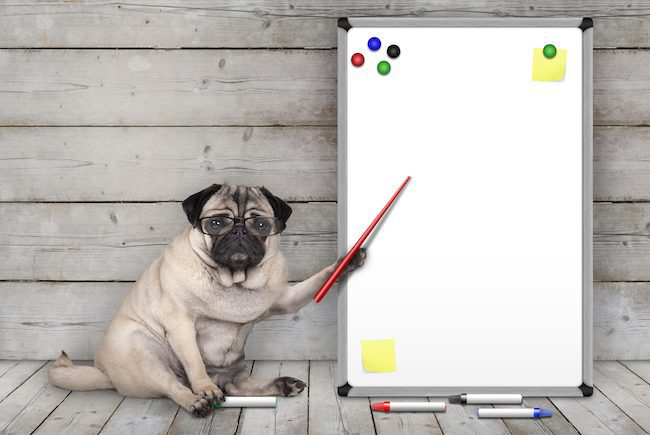
If you’ve got older children at home, an effective strategy can be to place a dry erase or chalkboard outside your office or by your desk. On it, write what time you’ll be available, and “How can I help you then?” Then leave chalk or markers for your kids to list what they need.
This alleviates any anxiety children may have that you’re inaccessible. It helps them learn patience, too.
Just be sure that you keep your whiteboard up-to-date with new availability times, and that you follow through during your breaks by tending to what’s on the board.
10. Tag-Team Care for Young Children When Possible

If you’re working from home and another partner or adult is there too, then alternate caregiving in increments of 60-75 minutes. This way each of you gets a stretch of focused, productive time for work activities and then switches to caregiving. Tag-teaming like this is the most effective method for giving both partners the best chance to maximize attention on work tasks.
11. Asked to Be Judged on Your Outcomes
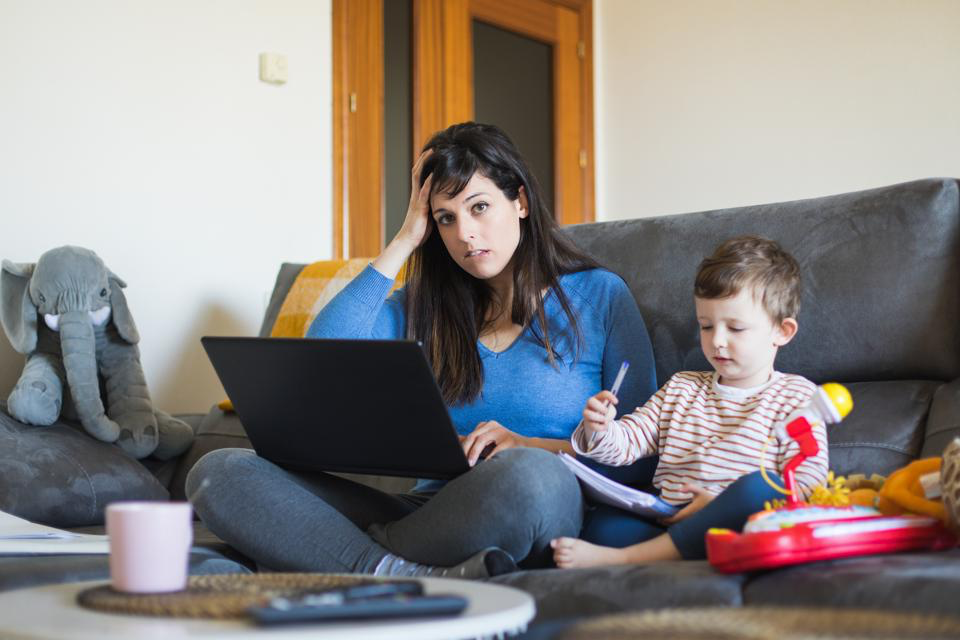
If you’re a sole caregiver, try to treat yourself with the same grace that you would give to a friend in a similar challenging situation, and lower your expectations about what you can expect to accomplish in a day. Trying to be a caregiver during the day and then get your work done late into the night isn’t sustainable, and will ensure that soon you, those you’re caring for, and your work will all suffer.
Then talk to your manager about setting weekly outcomes that are realistic for your situation. The goal is that your manager is not judging you by when you work, but on the outcomes you achieve. This will allow you to make realistic commitments, and keep them.
12. Put Electronics Out of Sight for 60-75 Minutes Stretches

All the boundary-setting strategies in the world won’t help you avoid disruptions if you continue to let your electronics hijack your attention.
During times of deep concentration, turn off your electronic devices other than a single computer and put them out of sight. You can check them after your 60-75 minute window.
If you’re very concerned that you might miss an important call, you can set your phone to allow calls from a particular contact. Or, you can set your phone to allow a second call within a minute or two from any number. However, if you can’t bring yourself to entirely power off your devices, then set them to silent (not vibrate) and put them out of your sight. Studies show that just having our phones in our presence is distracting.
13. Turn Off Push Notifications
Disable push notifications. These are expressly designed to hijack your attention. See my comprehensive free resource called
Control Your Tech for detailed help on how to disable push notifications on your phone. This guide also provides detailed help for setting boundaries with your email, your social media, and your team communication tools.
14. Process Email in Offline Mode
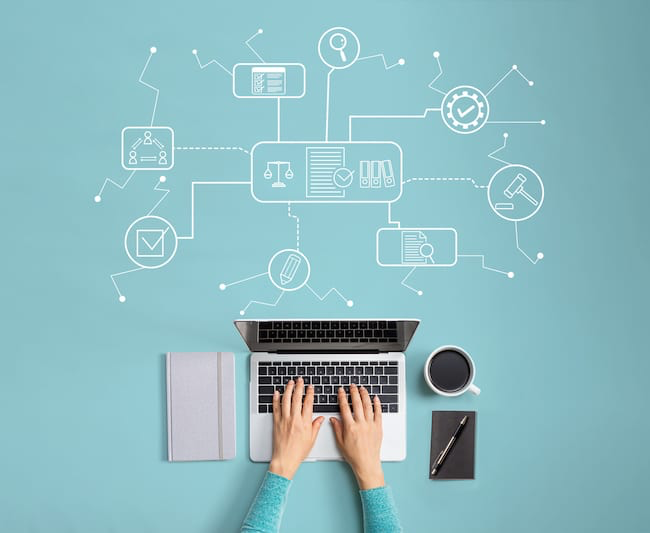
Trying to answer email in real-time is like playing whack-a-mole. Instead, set aside designated times to process email, and when you do, set your computer to offline mode so that it cannot refill during your processing time.
15. Remove Your Second Monitor

If you have a second monitor on your desk, and you use it mostly to keep email open all the time, consider ditching it. This will constantly distract you from your most important work.
That said, a good reason to have a second monitor is if you are a designer or developer and absolutely need the space in the service of one task. For example, perhaps you’re a designer. You keep palettes and images on one monitor, and the item you’re creating on the other monitor.
16. When Work Is Done Put a Blanket Over Your Tools

Research shows that our 24/7 work schedules are bad for our mental and physical health. Whether working from home or in an office, when there are no boundaries between our personal lives and our careers, we are more likely to experience burnout. This, of course, puts the kibosh on our productivity like nothing else.
If you’re lucky enough to have a home office, shut the door and don’t return until the next morning. However, if you are working from another place in the house, you want to signal to yourself and others in your home when you are done for the day.
Do this by putting away your laptop or other work-related devices. Or, if you’ve got more than just a laptop, throw a blanket over all your work tools. Don’t remove the blanket until you are refreshed and ready to work again. This strategy will help you avoid having your personal life interrupted by work.
Unfortunately, this tip isn’t foolproof, since you’ll still have access to your phone. And where there are phones, there are work emails.
17. Set Clear After-Hours Expectations for Work Email
Studies show that after-hours work email is not only bad for you, but also for your family. A
2018 study found that just the
expectation of being available for work after hours caused increased stress and anxiety not only for employees but also for their immediate family members.
If you’re a manager, lead your team by setting clear policies around when it’s appropriate and necessary to email after hours and on weekends, and when it isn’t. Be sure to set clear guidelines regarding when it’s okay not to respond to a work email after hours.
And if you’re not a manager, consider asking your team leader to provide this information, in order to help you work more productively from home.



